On Monday mountain bike rides up Albertson Fire Road, she sometimes stops at a high point along the way where the utility tower, so-called Tower 45, holds court on the flattened top of a ridge. Here she can take in a 360 degree view of the valleys below and of the mountains near and distant. On the wilder side of the ridge, several fire roads wind away, snaking up and over the hills. A succession of utility towers linked by swooping wires follow the dirt roads, becoming tiny in stature before merging with a landscape that is, or appears to be, devoid of overt signs of human activity.
On the opposite side of the ridge, she might be able to see the Bard Lake reservoir to the west; or maybe not–that could be a failure of memory, perhaps a foothill obscures her view, but she knows that blue depth or, with the megadrought, is it now a blue shallow; can conjure it up in her mind’s line of sight at any time, at will. Looks deep, she says, to no one in particular.
She locates the ribbons of a section of Edison Fire Road, noting how it adheres to the contours and undulations of a parallel ridge. Further out in the lower valley, contiguous stands of housing developments declare themselves. Here she observes an abundance of white and orderly surfaces; the typical monocultural forest of structures, accented by a hug of well-irrigated, evergreen cartilage. Much of it was sold to consumers by high volume nurseries or professional landscaping companies, the handsome descendants of countless oblivious conscripts or accidental tourists, Angiosperm and Gymnosperm imports, each originally transported by humans, for diverse reasons, from one of three continents located at the crossroads of the Mediterranean Sea. In the landscaped common areas where she lives all the plants, shrubs and trees are exotics, tracing their roots to Australia, Europe, Asia and Africa. All the indigenous green was bulldozed or pulled out long ago. Except for that one defiant Arroyo Lupine seed that had germinated and taken root on a slope…maybe it had escaped from her garden.
In the deep summer, the carefully tended fusion of tropical paradise and lush lawn with representatives from the Mediterranean coast was surrounded by the arid climate’s true colors, the earthy hues, where the suburban wilderness began, along the deadly no-rat’s land edges, where the pest control companies placed and maintained their rodenticide bait stations. Rats followed humans. Where there are humans, there are rats. Here the species of concern was the Roof Rat. The bait contained in the bait stations was developed to kill these rats, but as with so many of her kind’s overachieving efforts, it did much more than that. It sickened and and played a supporting, sometimes a leading role in the deaths of non-target species: Bobcats, owls, coyotes, hawks and mountain lions. A sick animal could not survive long in the wild.
The necropsy of the female mountain lion P-54 and her four full-term cubs in utero suggested that her death was caused in part by rodenticide poisoning.
She had been exposed to five compounds (brodifacoum, bromadiolone, chlorophacinone, difethialone, and diphacinone). The neurotoxic rodenticide bromethalin was also detected in her abdominal fat tissue…All four full-term fetuses were exposed to three anticoagulant compounds (bromadiolone, chlorophacinone, and diphacinone), and three of the four were also exposed to brodifacoum. These included first-generation AR compounds, diphacinone and chlorophacinone, and longer-lasting and faster-acting second-generation compounds, bromadiolone and brodifacoum.
Press Release, National Park Service, September 7, 2022
Many expressed great sorrow at the news. But sorrow, however deep, would change nothing. To her knowledge, the bait stations remained. In this orderly, decent and civilized camouflage, she recognized evidence of her presence, of her post-industrial, post-modern kin.
How might people minimize the population and damage done by homo sapiens’ constant companion without poisoning the wildlife visiting the borderlands around their habitations? She had recently joined a small group of individuals who were working to change the methods of control. The proper tools already existed. Homeowners could practice better hygiene at their properties: Secure compost bins; pick up and secure compost or discard dropped or still hanging fruit that they did not intend to consume; close or fill gaps and spaces around the home perimeter; clear brush and prune to the ground any dense or matted groundcover where rodents could find shelter to nest. Forgo the bird feeder or, place a tarp around the feeder to catch falling seed, bring the tarp in and store in a secure location each night, such as a garage that had been hardened to exclude nocturnal visitors, then return the tarp to its location below the feeder. Viable fallen seed could be reused the next day. Use repellent around structures and vehicles where there was evidence of rodent activity.
If the movement continued, if more people started to take action within their neighborhoods, the heartfelt but ineffectual days of sorrow over the unnatural passing of the mountain lion known as P-22, a hero animal that became a beloved if oblivious mascot for his species, would be replaced by a unbroken succession of better days.
Better days, when predator animals would no longer be collateral carnage in humanity’s never-ending war with two of the most adaptable and successful species of the genus Rattus. Had he been given the choice in terms he could grok, P-22 would have forgone his celebrity status in favor of not succumbing to mange twice in the final eight years of his 12-year life. That second bout with the rodenticide-linked parasitic infection was likely what precipitated his 1,000 cuts spiral downward to the grand finale: death by euthanasia.
She knew a few broad strokes and knowing these, she was aware that she knew very little. Less than before. But what she knew was that there was a biosphere around, above and below her: Air, water, earth. The biosphere extended into the living soil, full of fungi and bacteria and other microscopic creatures in addition to naked-eye- visible life forms.
She looked at her feet, the earth’s mass kept them on the ground. Gravity was difficult for her to hold onto, but it did not require specialized knowledge or faith to appreciate its spell. It held her in place now and pulled her back to earth if she tried to escape it; the evidence of its grip was all around her. High above in the stratosphere, a thin ozone layer prevented the sun’s radiation from blasting the planet and turning it into a scorched wasteland.
Her species continued to insist that it was a exceptional member of the biosphere. This conceit was probably more true than ever before, considering how successfully homo sapiens’ had, during the last 250 years of its short 300,000-year history, increased global temperature by more than one degree Celsius and locked in future increases for several thousand years of to come. Such changes usually were much more gradual events, taking place over millions of years.
With the exception of violent events such as asteroid impacts and volcanic eruptions, changes on earth happened in non-linear progressions, with slight, imperceptible shifts and interactions between biota and atmosphere against the backdrop of slow geologic time. An intelligent mammal with an 80 year lifespan (if lucky) looked out on the landscape through a window that foreshortened the passing of time. Without the aid of abstraction, the passing of millenia was inconceivable.
Not far from here one could find the fossils of small marine organisms in rock uplifts. The fossils were millions of years old. The layers upon layers of sediment, the strata showed that if one looked back far enough, along the lines of millions of years (mya), there was a sea. A sea that more than once covered all the land, in every direction, for as far as she could see and well beyond.
The sea’s depth was determined by glacial cycles, by advances and retreats of massive bodies of ice, bodies governed by complex and usually, but not always, gradual, incremental trends and forces upon, within and surrounding the earth. The embedded stone ghosts of the ancient sea’s inhabitants provoked awe. This was slow time. This is why, she thought, life is worth living.
On one visit the tower is a comfort, a familiar landmark, in the next it is an sterile, post-industrial obelisk; one of a succession of a population of faux steel trees on hilltops, desecrations, violations of avian air space supporting power lines that trail off to a next connection in the particulate-filled, hazy distance.
On one stopover she hears a faint buzzing from the tower and wonders if there is any evidence-based knowledge that warrants the worries some folks have about being close to power lines. She has not yet found any serious study results on the topic. She suspects there is nothing there to find.
Today I hear a raven speaking its language above me. I look up to see the raven balancing on a horizontal lattice high above. This charismatic raven! He chats with his airborne brethren nearby, his feathers lifting up and so well spun to their purpose, trying to fly solo each one by one, because that is what they were made to do, but now they just flutter up at the wind’s will, each on its own test flight prompted to go whichever way it may. His companions balance on the currents in silence, listening.
Another day a mockingbird perches close to the top of the pylon. I cannot see him well, he is so high up, but I know what he by his song. He rolls through an extraordinary collection of melodies. His mate is perched above him, listening.

Most fire roads serve multiple human purposes. We use them for recreation (hiking, biking, running); as utility corridors for power and gas lines; as essential routes for maintenance and emergency vehicles.
In the late winter and spring, the tower is a strange planting, surrounded by the rush of many living organisms that have a limited amount of time to accomplish the seasonal tasks associated with their evolutionary programming. The non-human denizens of southern California do not care about the utility of towers, but sometimes, if one happens to be a raven or a mockingbird for example, a tower might be useful, it can be a reasonable substitute for living tree as a lookout and communications waypoint.
I like to stop at the tower after a drenching winter rain has had time to awaken the early risers among the plants that attract pollinators. When the first plants begin to bud and flower, beginning in late winter and continuing through spring and early to mid-summer, the engineered plateau that Tower 45 sits upon is frequented by butterflies. Bees visit there as well; native bees, including bumble bees, and the naturalized Western Honey Bee, whose ancestors were imported to this continent from Europe. California Buckwheat, Deerweed and Toyon are popular floral resources on the tower’s plateau. Bumble bees visit the perennial Payne’s Bush Lupine that flourish roadside in the spring.
On a recent pause by the tower I put my bike on one side of the road and headed up to the plateau to look for hilltopping butterflies. “Hilltopping” is a behavior displayed by many butterfly species that involves staking claim to and patrolling the high ground. Butterflies spend lots of time circling around to inspect anything that moves and chasing each other. Males that are able to defend the highest point(s) may be preferred by female butterflies as mates. Both male and female butterflies engage in the behavior, but the latter abandon the hill after mating, while males continue the ritual as long as they have wings to fly.
Males of different species chase each other. For example, a small Mournful Duskywing will chase a much larger Anise Swallowtail and vice versa. Sometimes several different butterflies will engage in an wild spiral straight upward, followed by a dive, then a flat-out chase. The sequence does not last long, but it will be repeated many times. At the end of a round some species tend to return to a favored perch; a branch, or leaf or nectar source, until the next rush is precipitated by one butterfly flying close by another’s perch site. Duskywings and the Acmon Blue, for example, often return to the same perch location. The Swallowtail perches less often on the hilltop and is, when not engaged in active pursuit, more likely to fly out on long sweeping rounds and flutter intermittently while gliding in wide, graceful circles.
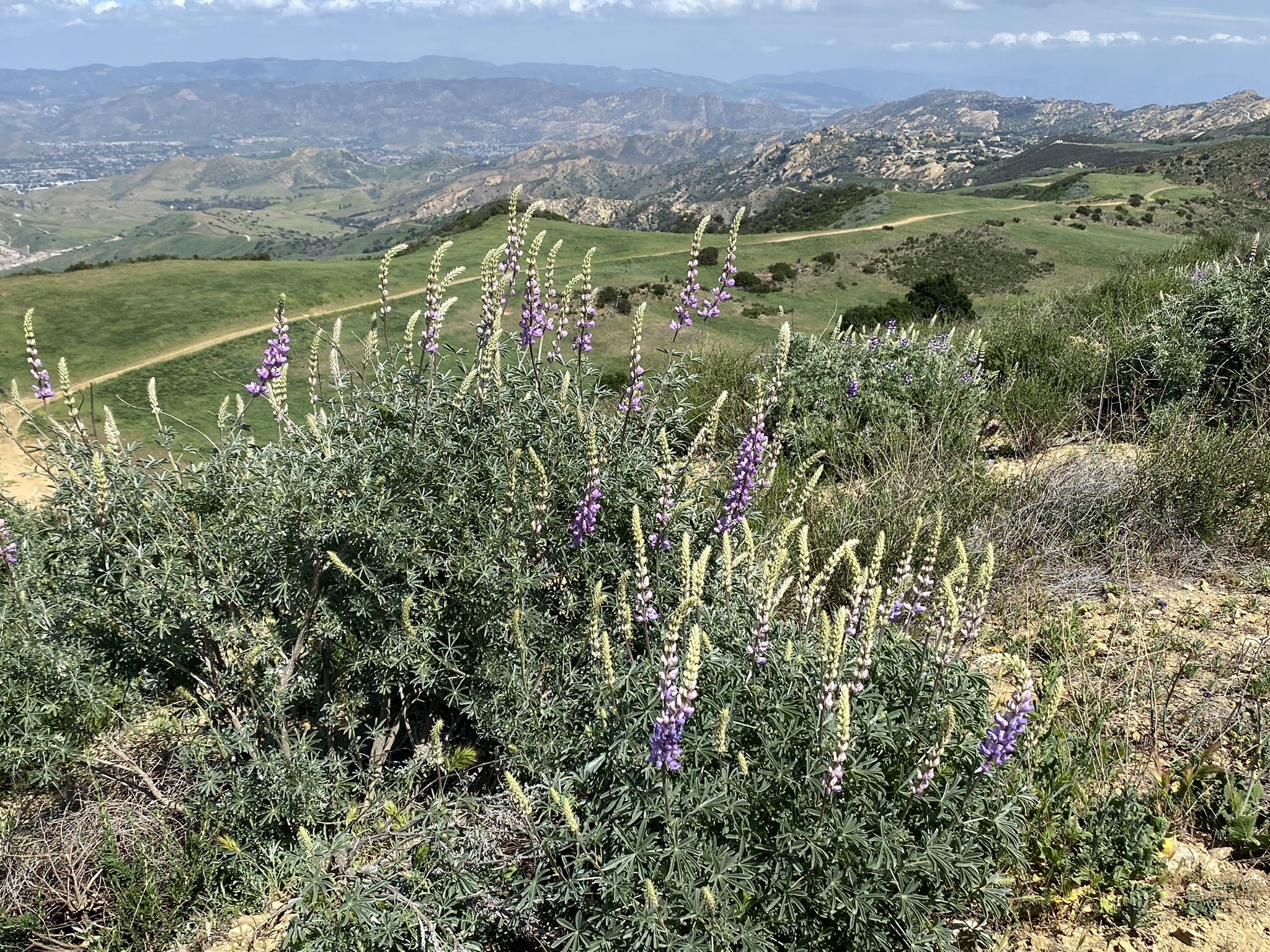
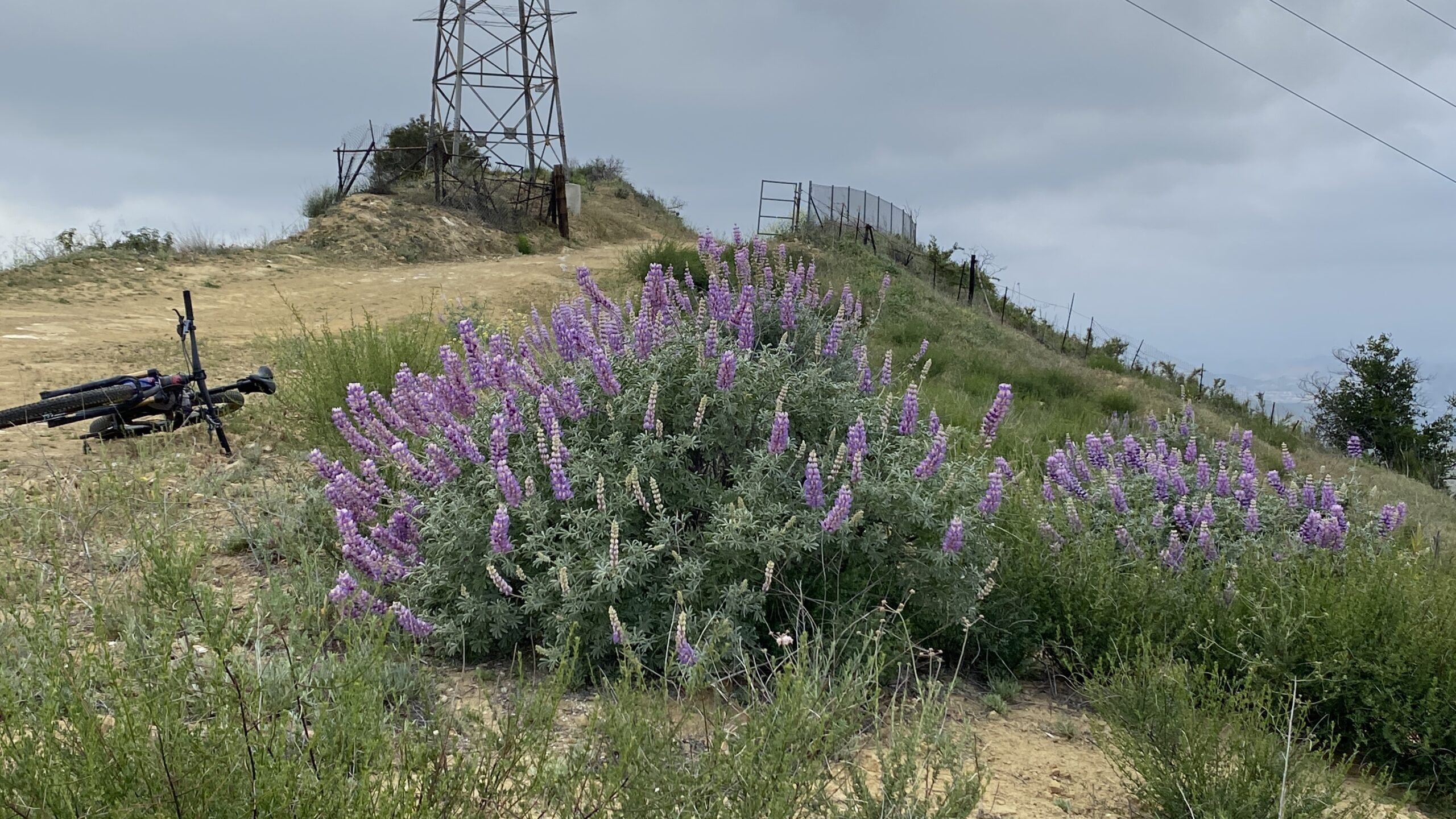

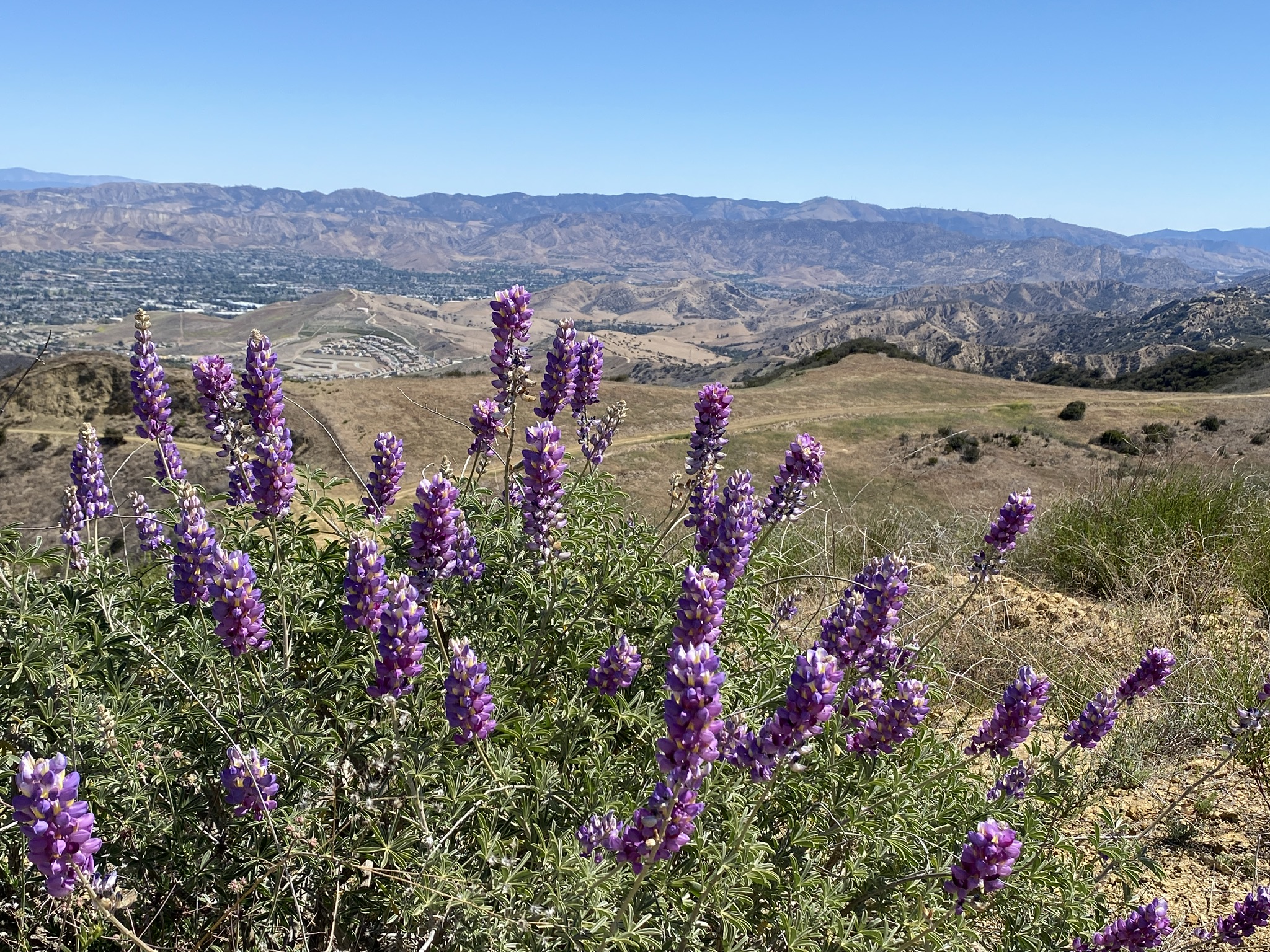
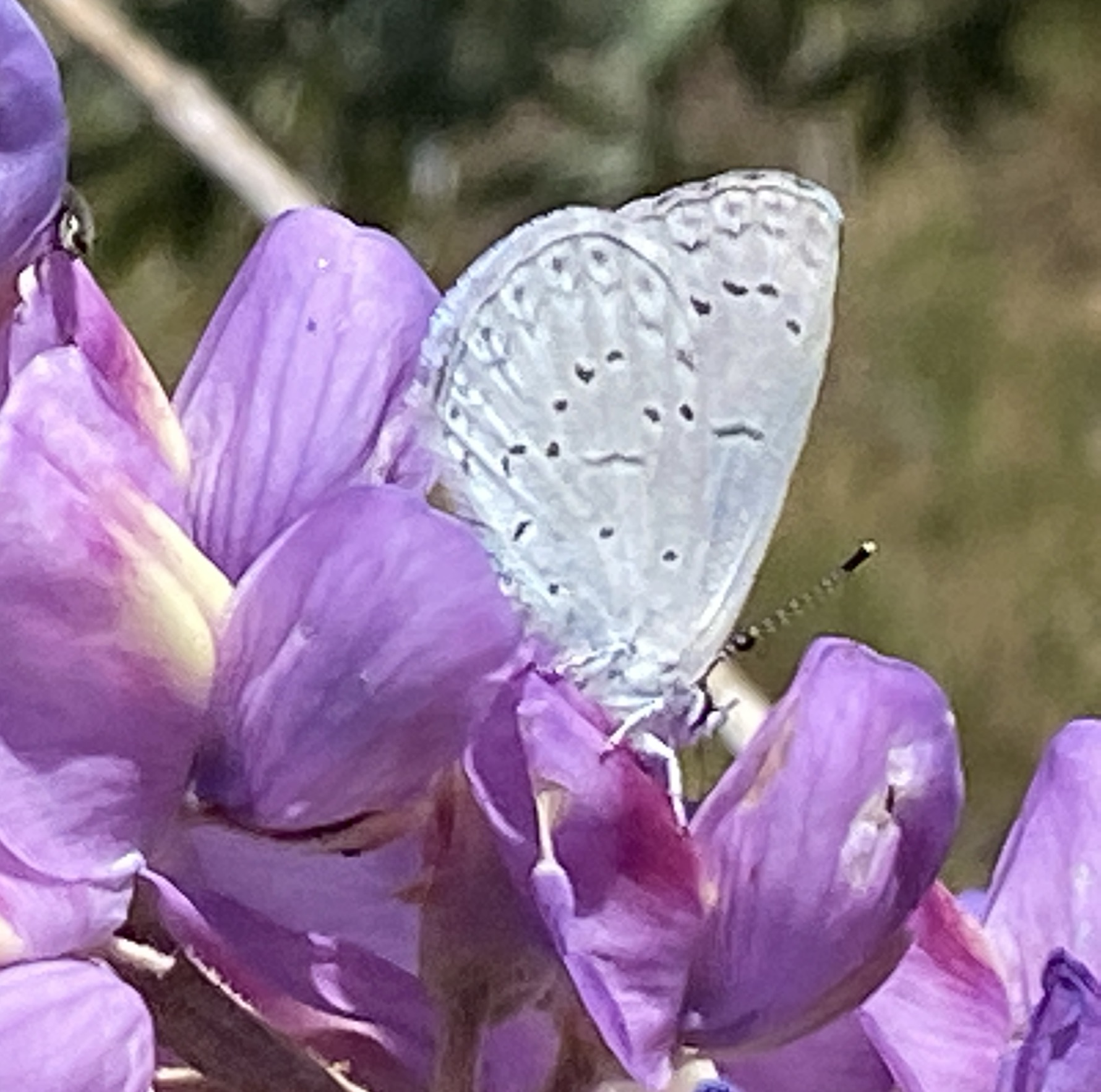

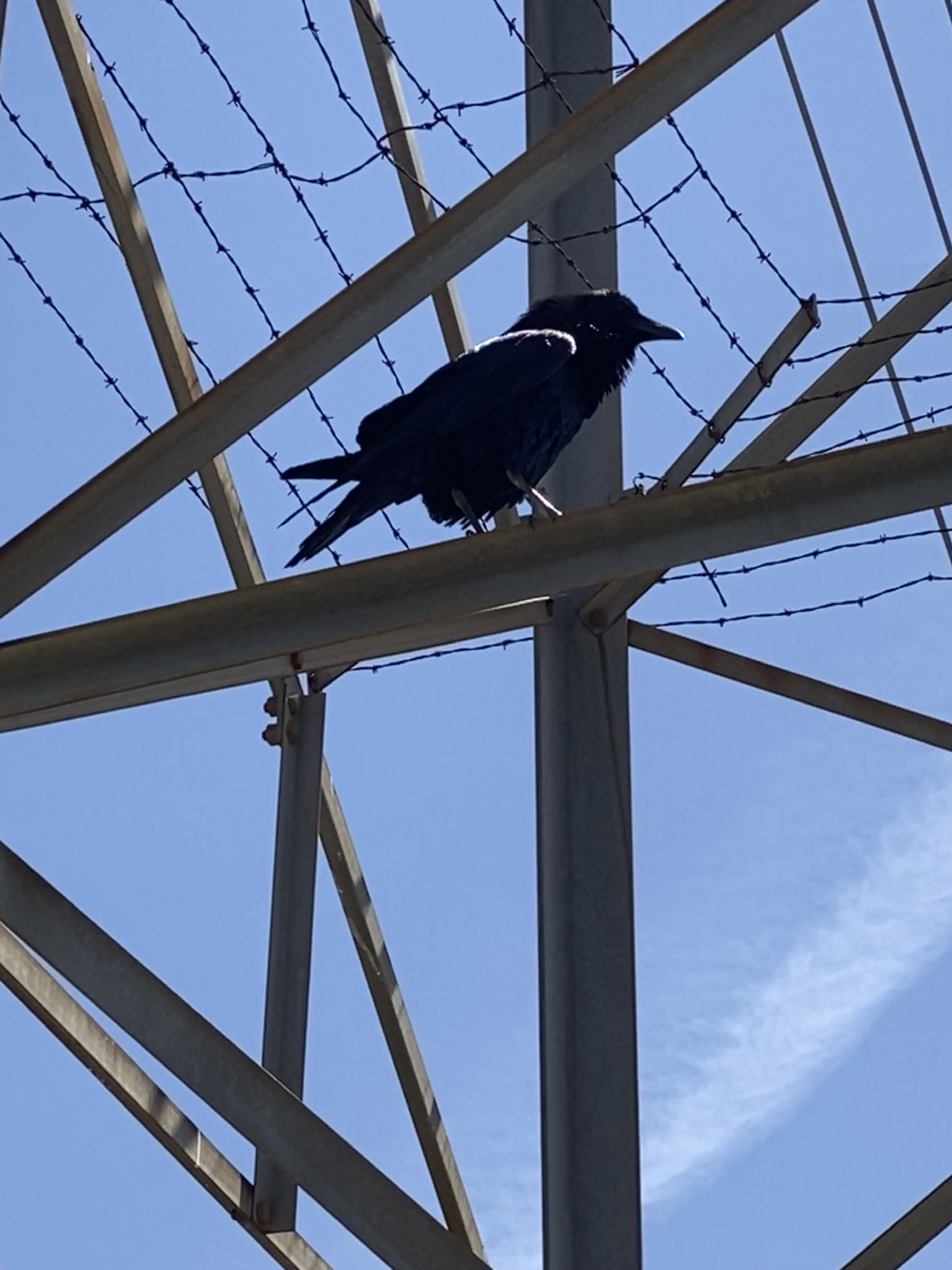
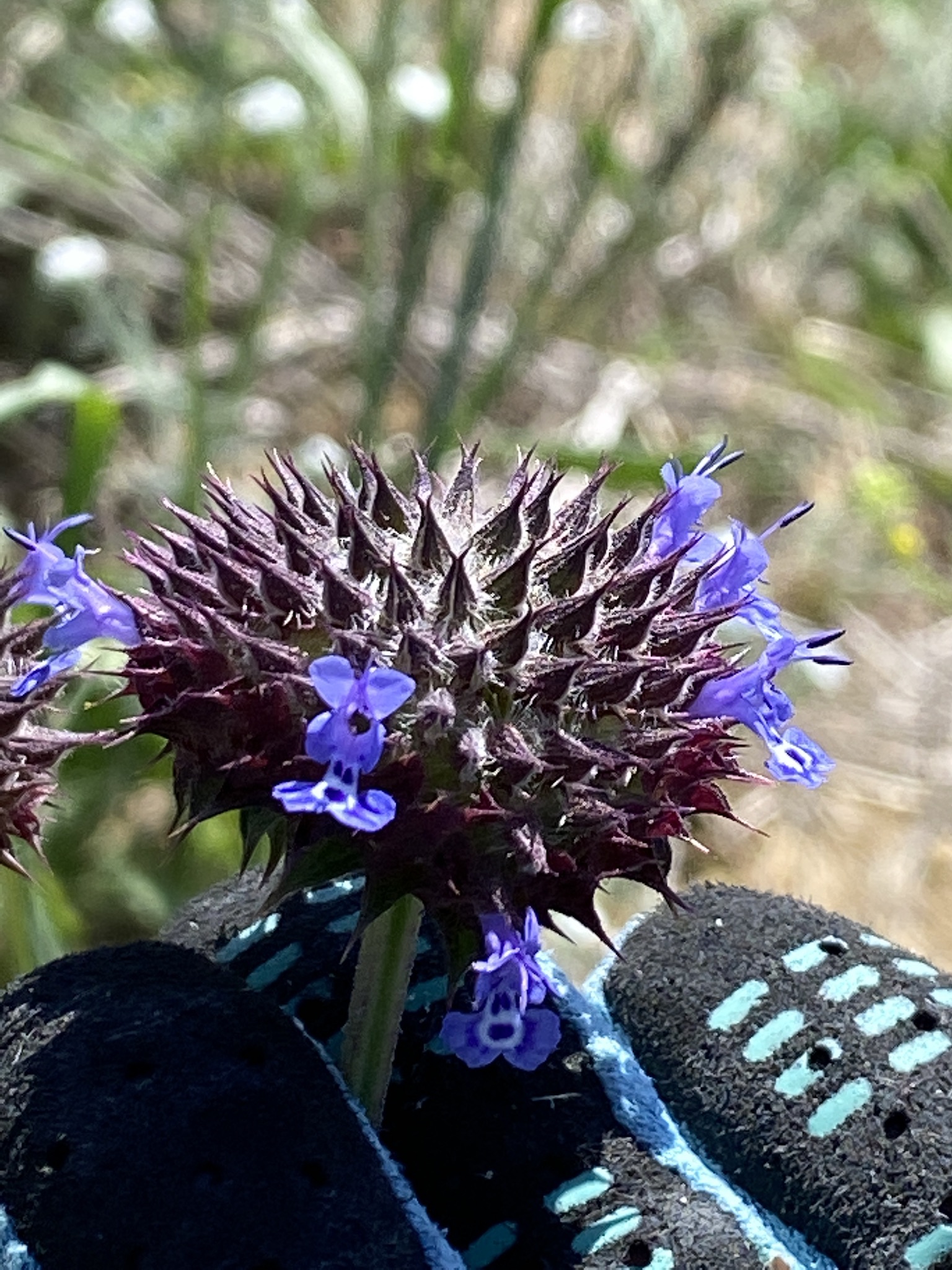
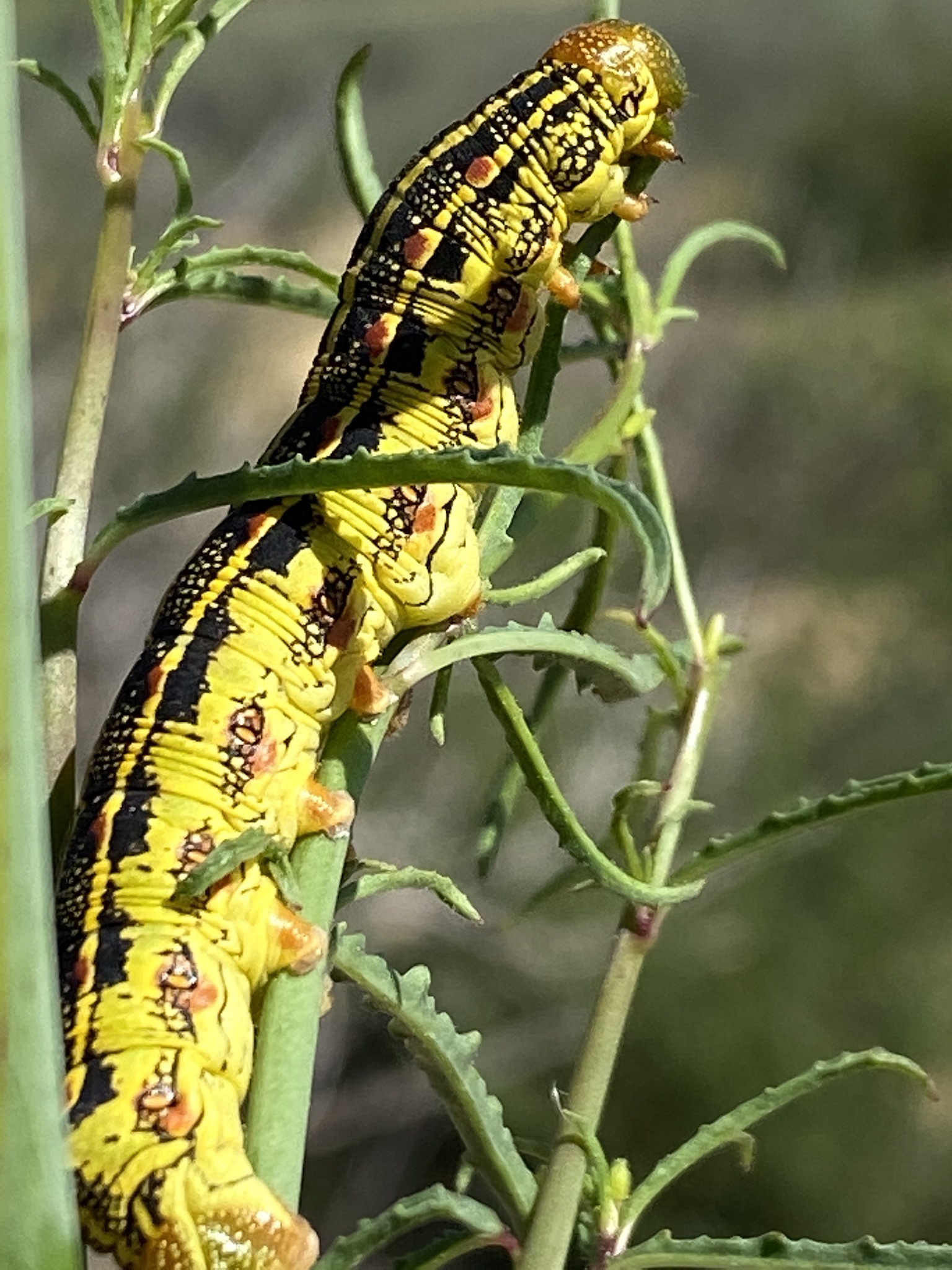
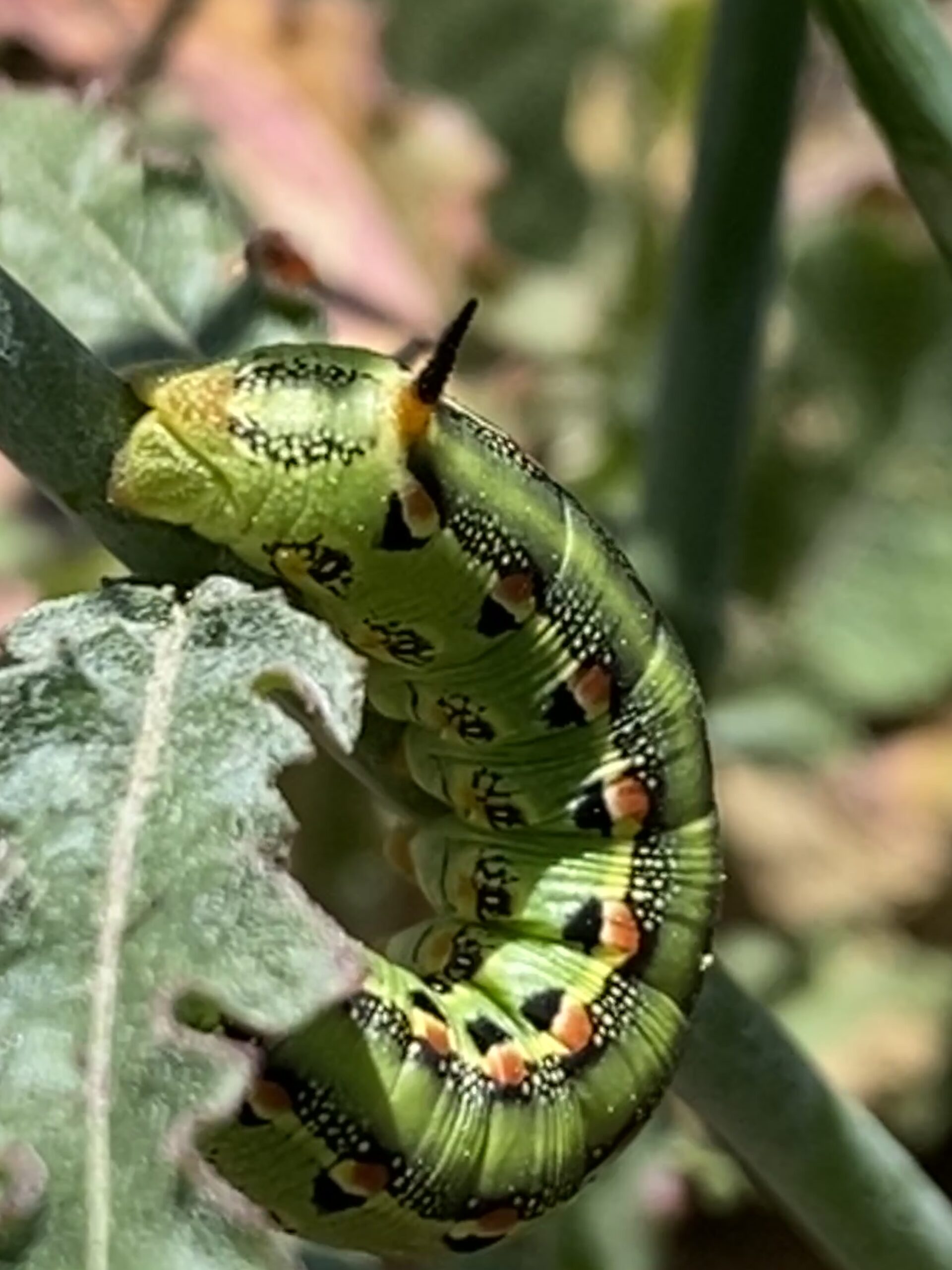
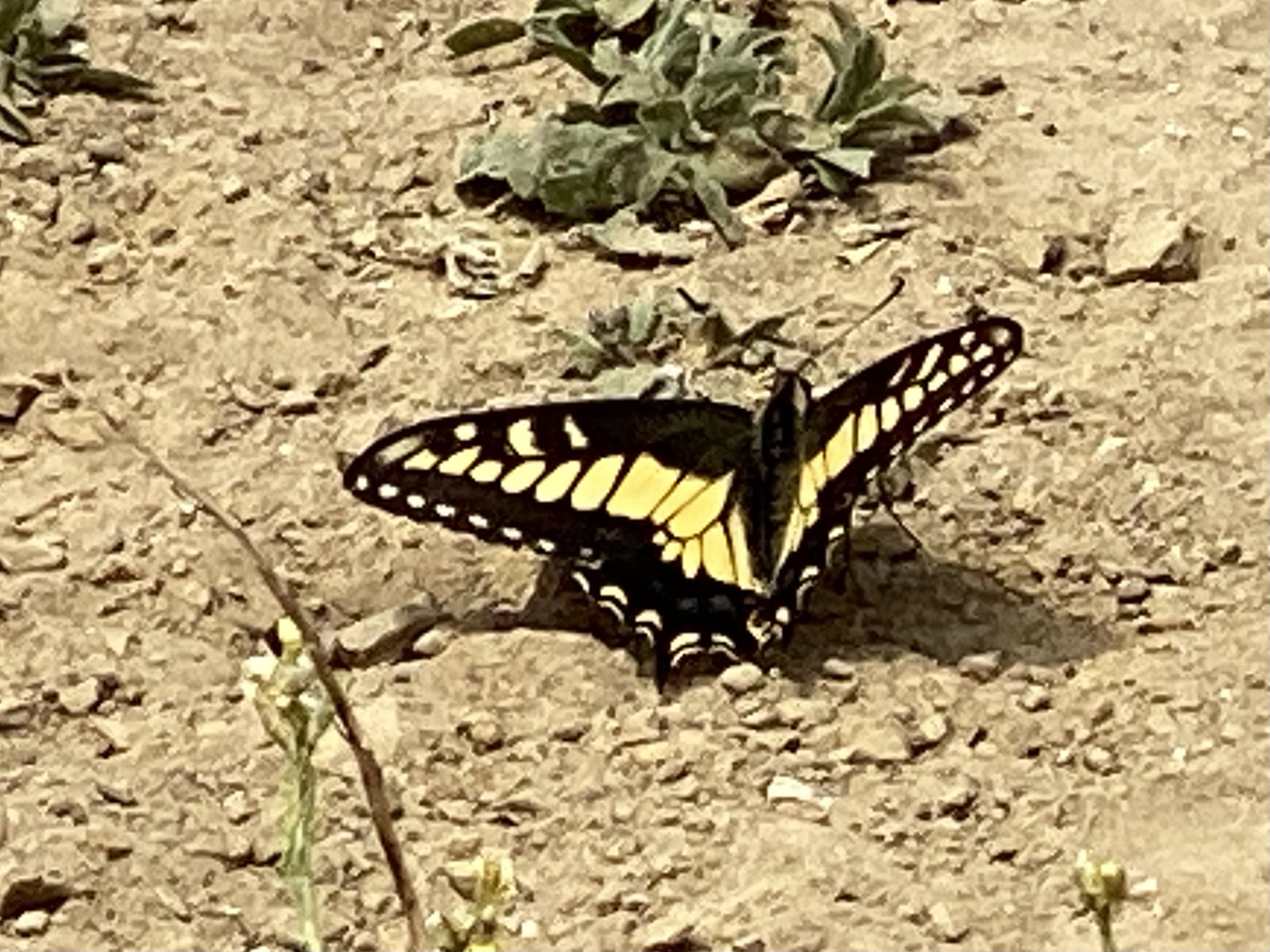

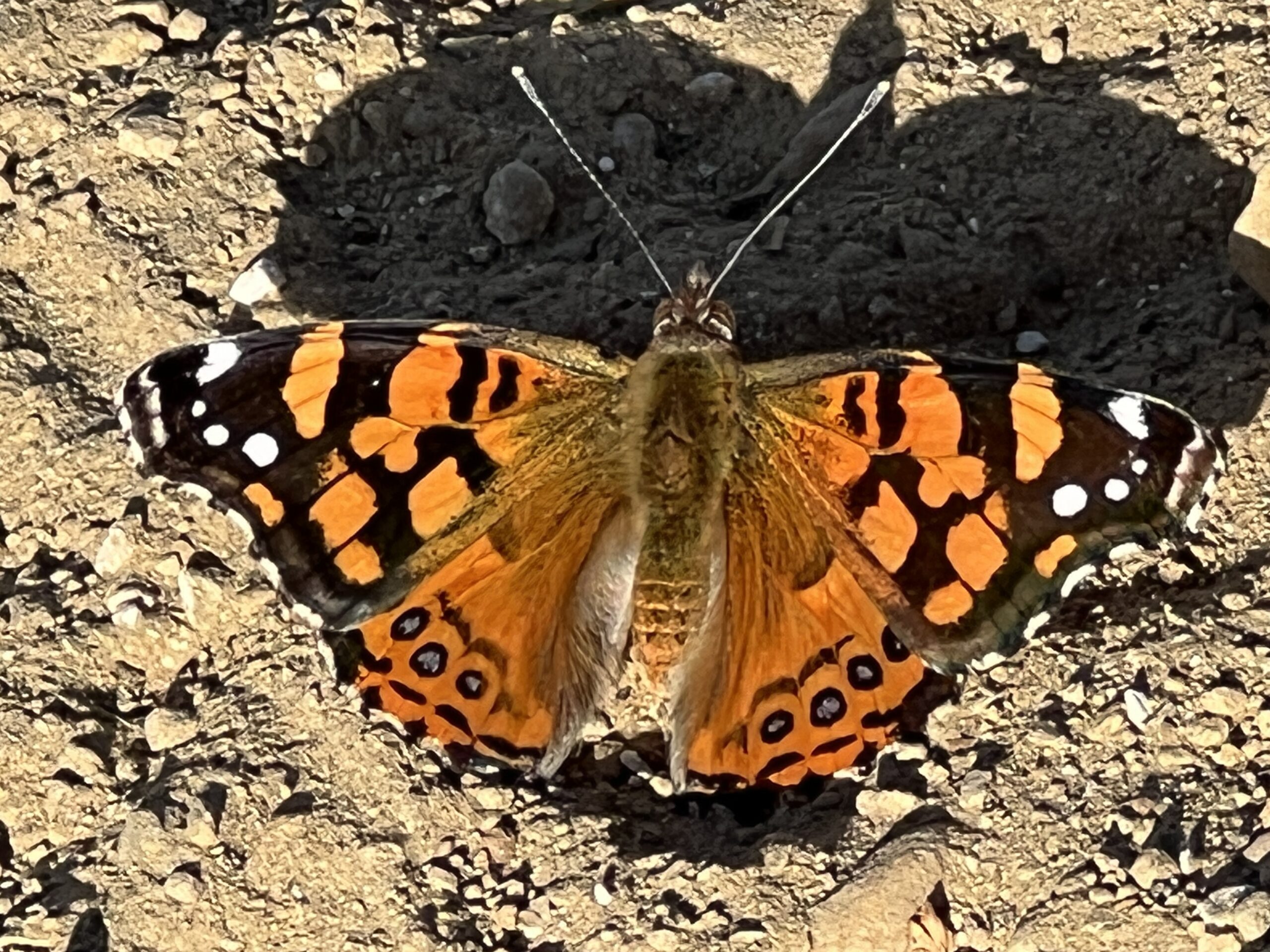
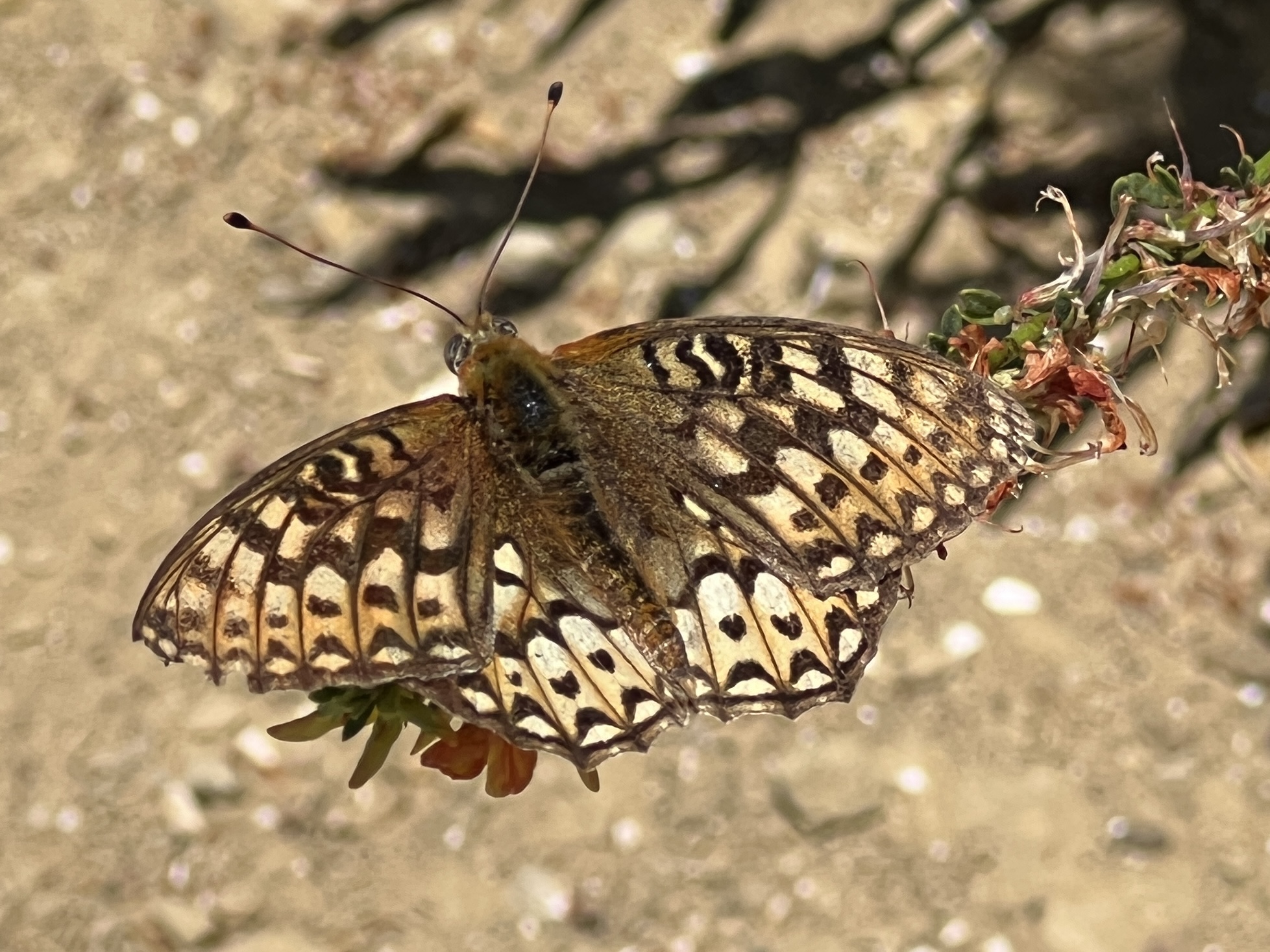
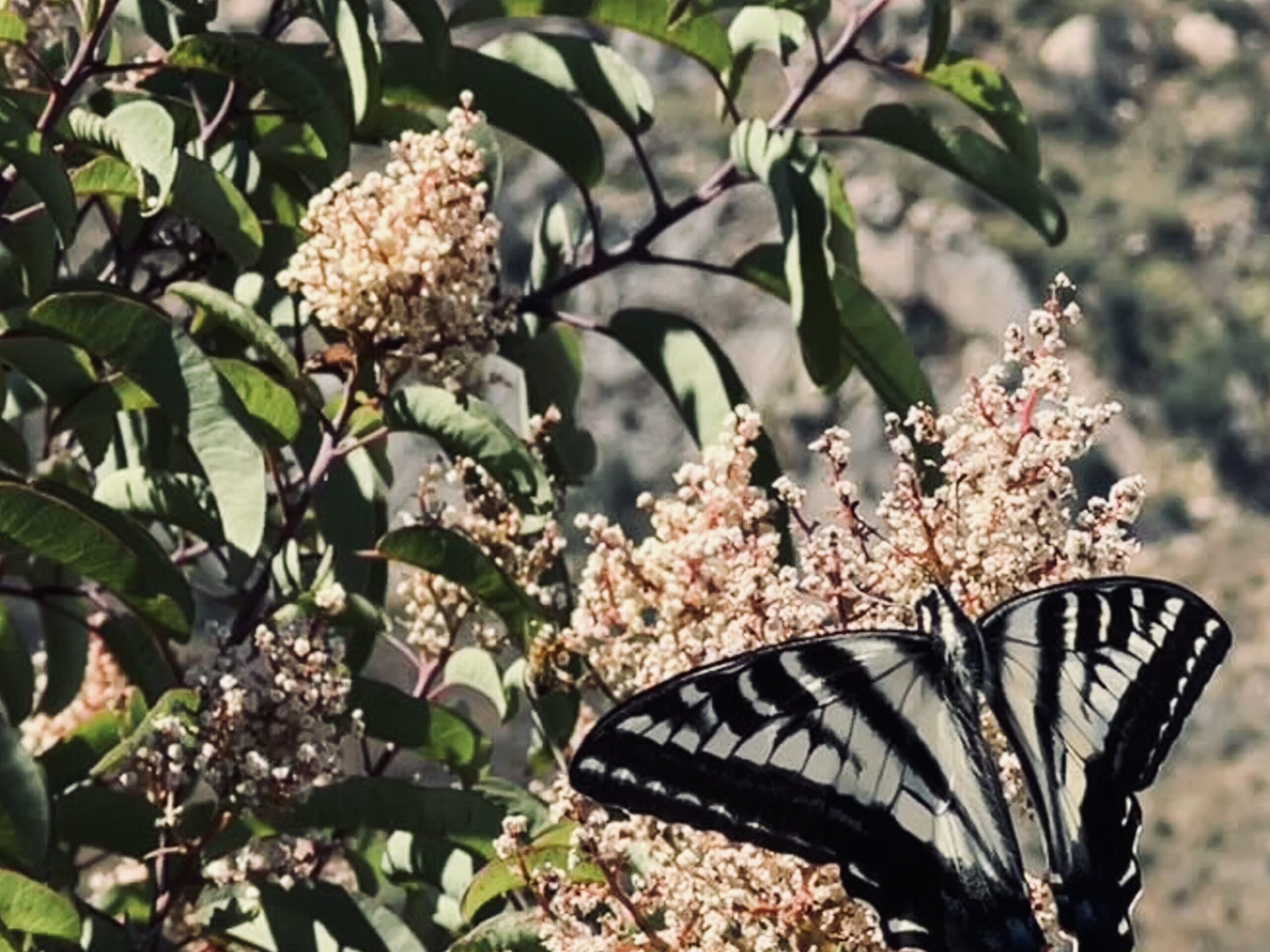
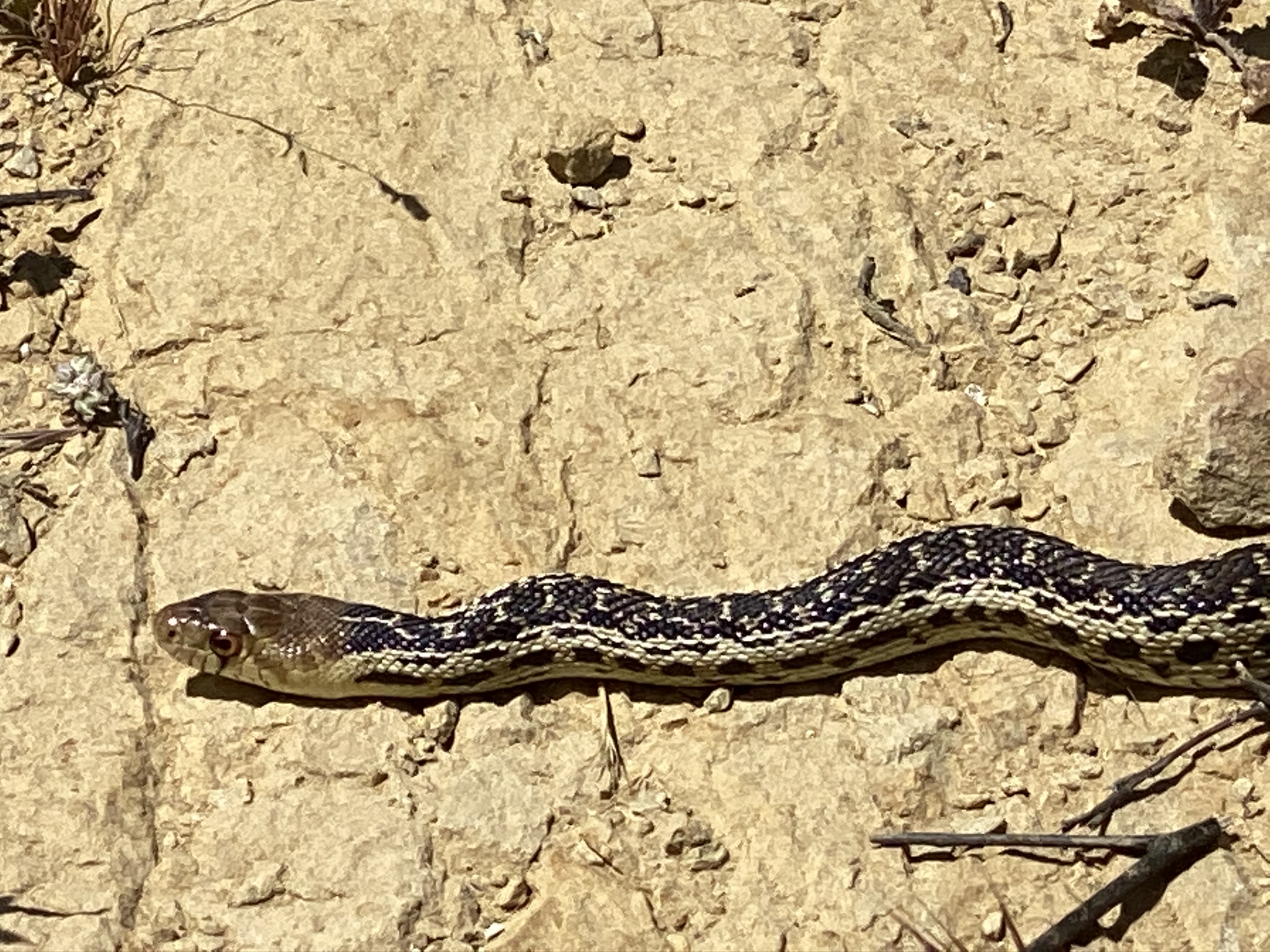
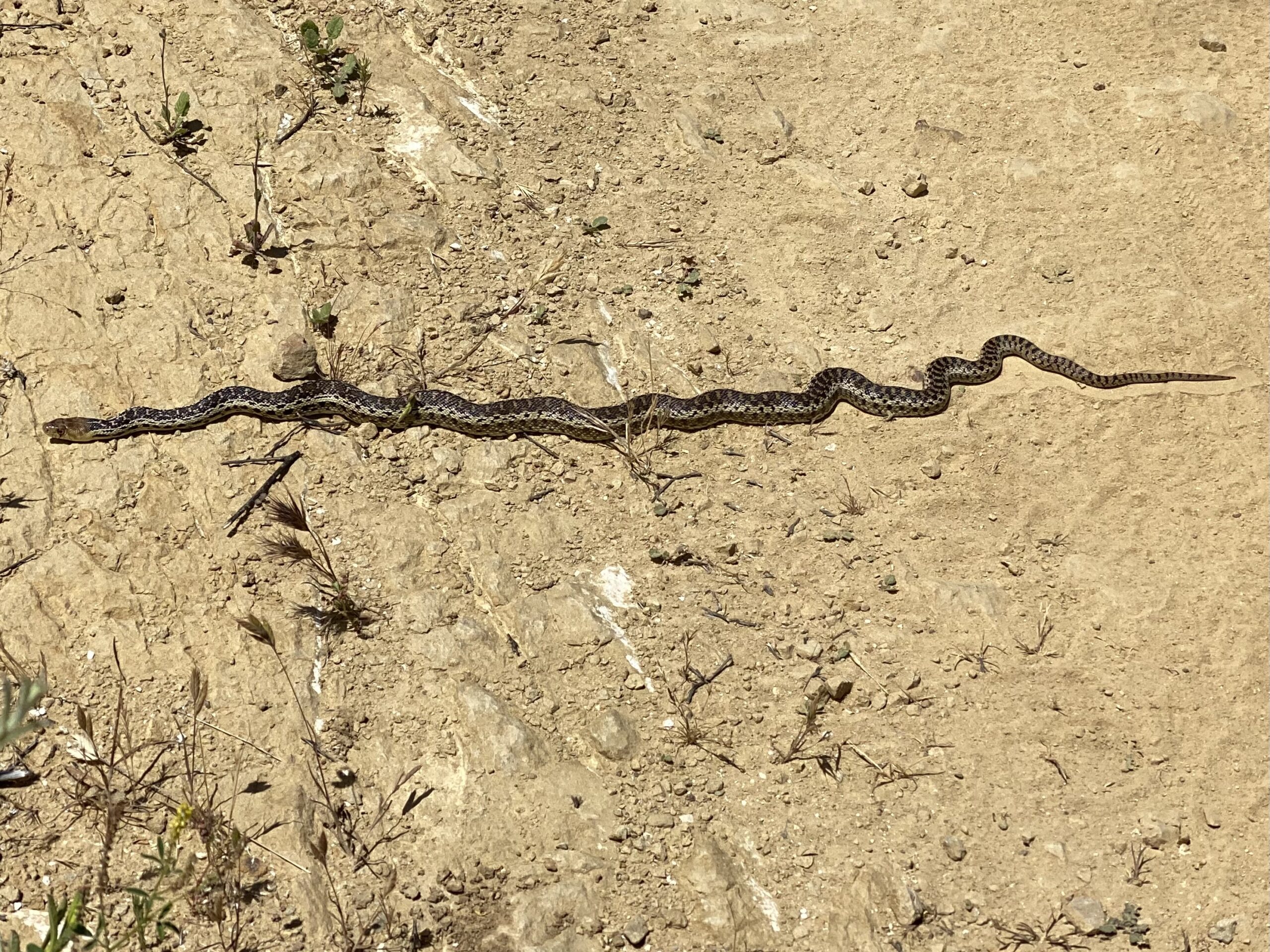
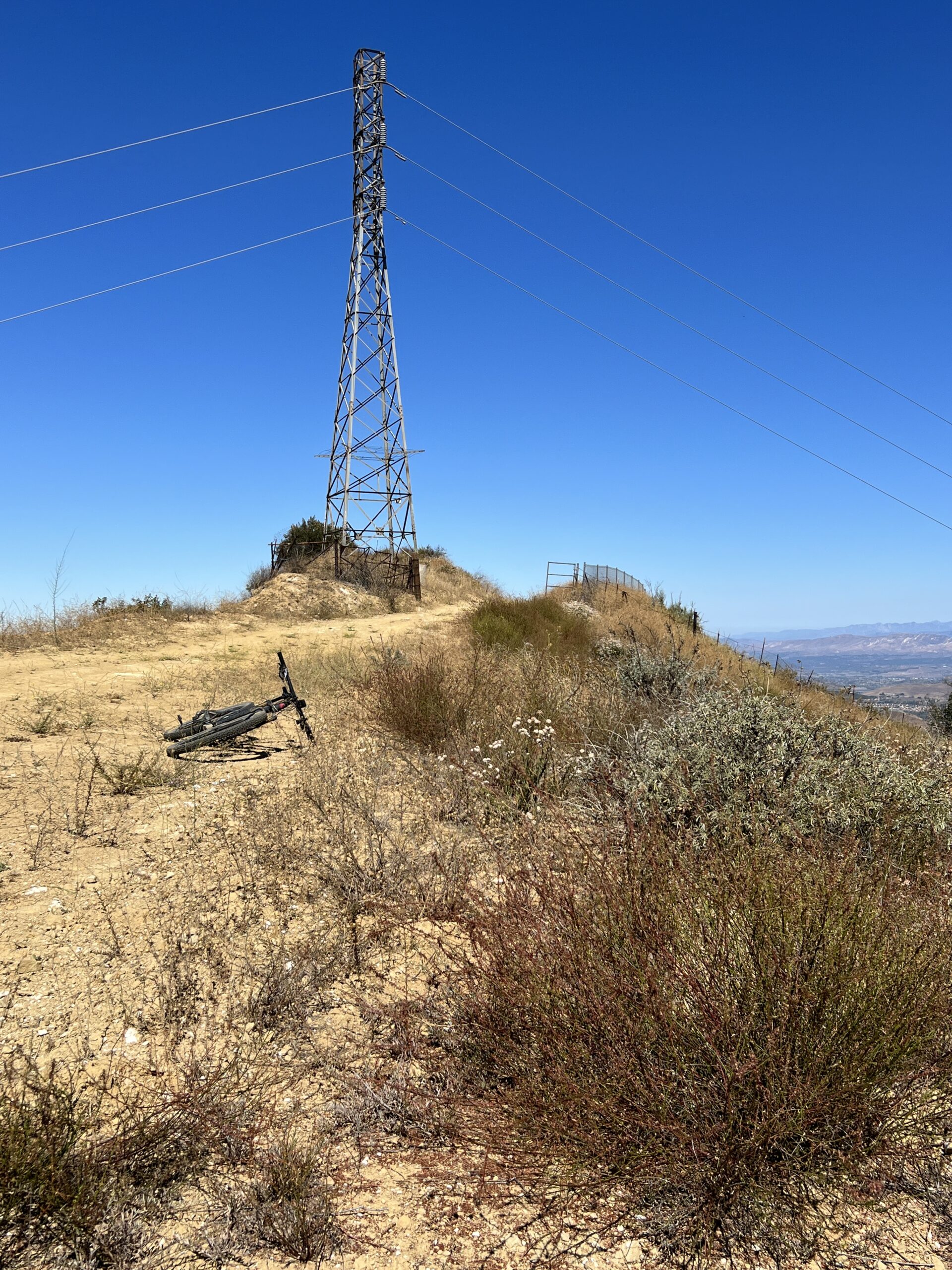
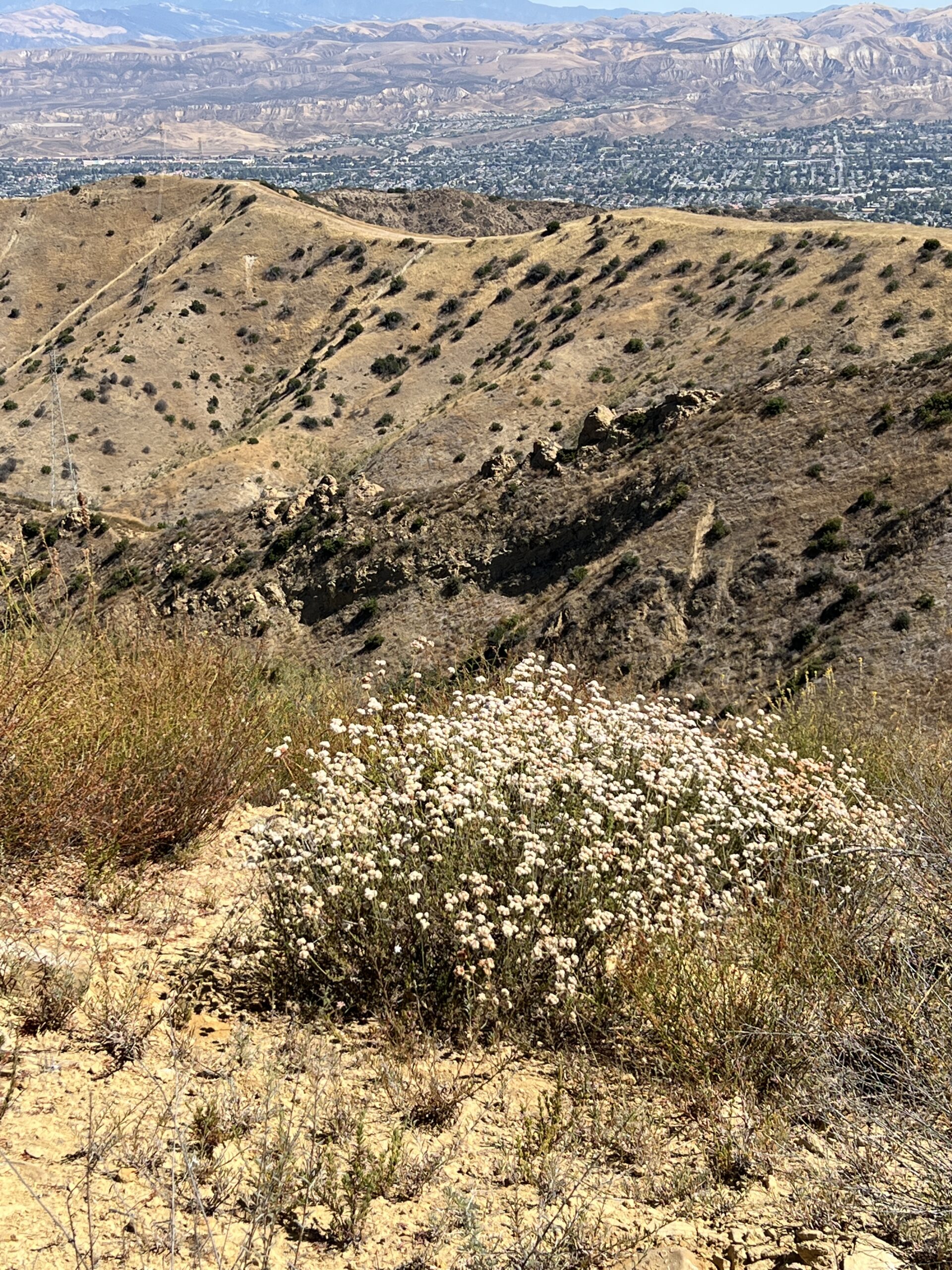
I wonder. Where this tower now stands, long before the idea of such a tower existed, what did this land look like through the eyes of the paleo-Indians who lived here, when the territory was rich with not only the mountain lion and Tule Elk, but so many other species of now extinct megafauna that were abundant during the Pleistocene? The mountain lion and the Tule Elk are still present in California, in much reduced numbers. Although they were extirpated from the state of California during the 19th century, were among the many casualties of westward expansion and the California Gold Rush, a few other megafauna species still exist elsewhere.
P-22 just died. He was euthanized because he was too ill, too broken and could no longer survive in the wild. In 2014 he was captured by the park service because they were concerned about his condition. He had mange, a parasitic disease that sickens and kills non-target animals, specifically, predators that have consumed too much rodenticide by eating poisoned rodents. He was rehabilitated and released back to his Griffith Park life. When he was euthanized, in addition to having been injured in a collision with a vehicle, he was suffering again from mange, the infection was said to be widespread. He was emaciated and very sick. Mange was probably the root cause, what would have precipitated his being unable to hunt for Mule Deer, his preferred prey. He weakened steadily under the scourge of the lazy poisons we use to control rats, then he was unable to cross a freeway unscathed as he had in the past. In recent weeks he had snatched a chihuahua on leash in desperation. He must have been starving. So his story is as much about him as it is about us. We loved him; we killed him. Somebody wrote on the neighborhood platform Next Door a couple days ago: Chihuahuas everywhere are breathing easier. I hate social media.
In the final decades of the 1800s, cash bounties offered by the California state government and by livestock ranchers placed profitable targets on apex predator species such as the Grizzly Bear and the Gray Wolf. Thus ensued an era of slaughter, a relentless rush to bring about state-wide extinction of both species. Countless examples throughout history exist–of the seemed like a good idea at the time approach to problem-solving. Killing all the animals of a species in a place where that species evolved to live in harmony with the biome it inhabited is an excellent example of one of my kin’s more retro-primitive blind spots. The devolutionary trend to think in zero-sums and eschew the idea that any consensus can be achieved on how to move forward. We have our convenient realities. We have alternative truths. Either thee or me, there can be no gray area. The tendency to usurp, to liberate the indigenous from the land, the people first; then the animals, the insects, the micro-organisms, the many trees of life that began a long journey co-evolution in the places when they first germinated and put down roots on the surface of the planet.
Evolution is a never-ending process of selection interwoven with many variables: geology, climate, soil, water, the air, the sun, all the branches. Except for maybe fruit flies, it takes a very long time, slow time. The repair shop that can roll out a just-in-time fix does not exist.
When the need is immediate, and in latter days, even when it is not, we are animals too of course: We will gorge and hoard, plunder and pillage, hollow out a uniquely fruitful region before we understand what we are doing or where we are; before we learn how to care about what we have destroyed. Afterwards, there follows a project to rehabilitate the ruins, to fill it up again with imports from other biomes that support nothing much more than socioeconomic vanity.
Lawns, for example. Recipe for how to create a sterile dead zone in California: Plant grass, not the native grasses but the lush, outdoor carpet that props up the prickish pastime that goes by the name of golf. Use herbicides and pesticides and fertilizers and douse it with lots of precious water regularly. Voila, exquisite. Fence it all in and surround it with rat traps. We see ourselves as somehow apart and above all other living creatures. Because of the big brain, of course we are special, up to a point.
Our descendants 100 years from now will know what to do, they will figure it out, how to fix all the planetary damage done since the industrial revolution. And if they cannot figure it out, if the human species goes extinct after taking down hundreds of thousands maybe millions of other life forms before engineering our own demise, those of us who are living today, including the grouch who wrote these words, will never know. At what point does this become an unforced error on our part? The tragedy of the big brain is that significant parts of it are still living in the stone age.
By the third decade of the 20th century, the California Grizzly Bear and the Gray Wolf no longer existed in the state of California. The grizzly bear became a feature of the California state flag only after there were no more grizzly bears in California. What a farce. No longer a threat? What were they thinking? “Ok, now it is safe to lionize the bear.”
I am back at the tower. Before I roll out to my turnaround point, to the spot where Albertson is blocked by a tall fence adorned with a steer’s horns, that foreboding barrier that marks the beginning of an area where a partial nuclear meltdown took place in the 1950’s (the various entities responsible continue to squabble over who is responsible for the cleanup) I entertain one final reverie. I try to imagine the megafauna that once roamed this land. Up until approximately 11,000 years ago, here wandered the Direwolf, the Mastodon, more than one species of Giant Sloth, the American Lion and the Western Camel.
The first people were already here by then, having arrived at least two to three thousand of years prior. What would that short life have been like, a descendant of the first humans who arrived in this place, after generations of migration via either Beringia or a coastal Pacific ocean route? How people traveled to the southwestern coast of the North American continent and how long ago, was still a matter of active research and vigorous debate. Those pioneers co-existed with, but no doubt did their best to avoid, encounters with the fearsome visages of Smilodon fatalis and the Short-faced Bear.
Back at home she put her bike on the bike stand and started the process of cleaning the drive train. The sun was setting and it would be dark soon. But the sky was clear, the moon was near full and bicycle maintenance was long overdue. The horizon was turning pink. Her thoughts wandered off in search of something to chew on.
God creation began when humans became self-aware. It continued in the present day. Old gods were resurrected, enduring gods were updated, tweaked, refined, spun anew–to remain relevant, to provide comfort and hope in the face of existential uncertainty, to act like a coercive mirror, reflecting the mores and conceits of the current era, to support the politics of the hegemony in charge.
Gods explained what could not be explained in the past and what was still not well understood in the present, for example, what the stars in the sky were, what they signified; where the earth came from; why life included suffering and death as well as joy and pleasure, was there a higher purpose and if so, what was it? Did other animals ask these questions? Maybe so.
The answers provided by evidence-based science had often been rejected throughout recorded history. Flat-earthers still existed, indeed they seemed to be entering a golden age. Would any divine being in man’s crowded pantheon deign to return humanity to a state of innocent ignorance by selecting among the many, many iterations of Eden? Many Edens were possible, dating from the dawn of homo sapiens to the present day. Would a supernatural being restore paradise on earth to some version of the glory of yore? Maybe it was better to just accept the good along with the downside of eating apples.
A non-denominational, supernatural savior seemed about as likely as Bertrand Russell’s Celestial Teapot (or a Flying Spaghetti Monster) orbiting the sun. Her favorite was Carl Sagan’s The Dragon in My Garage. If there was something benevolent up there, down here, somewhere around this spinning orb, she thought it would want people to protect what bits of Eden they had left, not for themselves, but to ensure a future for what came after, for what nobody breathing today could possibly hope to see. This was perhaps a fact-based faith, to have a purpose beyond one’s sight, not to secure a legacy, not to enjoy post-mortem fame (that would be a feat indeed) and finally, not to ensure a spot in the paradise of one’s choice, but in service to all future life.
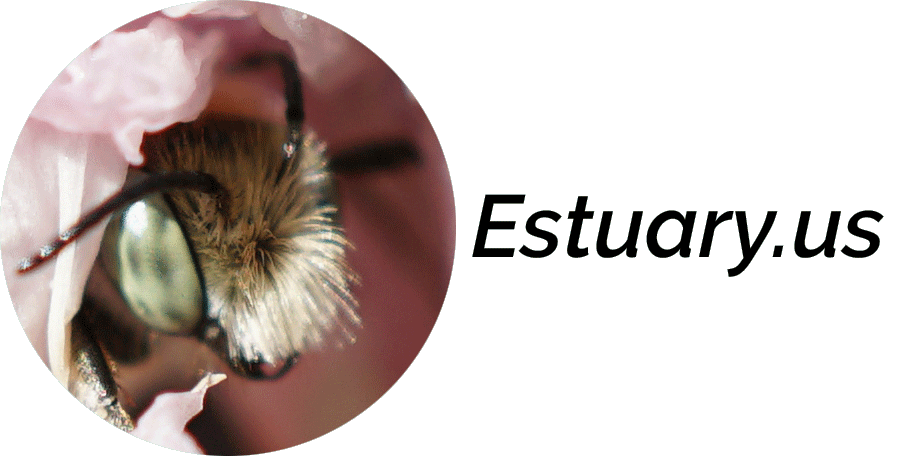
I wonder why you use she and then I. I wonder if your “fact-based faith” is a bit like Octavia Butler’s Earthseed, in which we are not at odds with our earth anymore, but work with and for it and all its creatures. And, I wonder if your wonderful writings and photographs are reaching a wider audience. Perhaps you can publish them beyond this site?